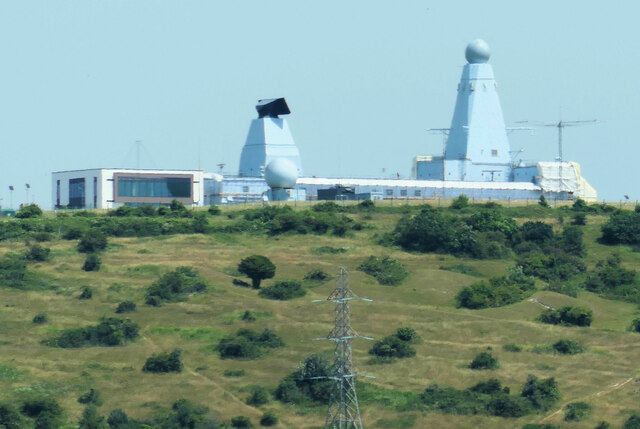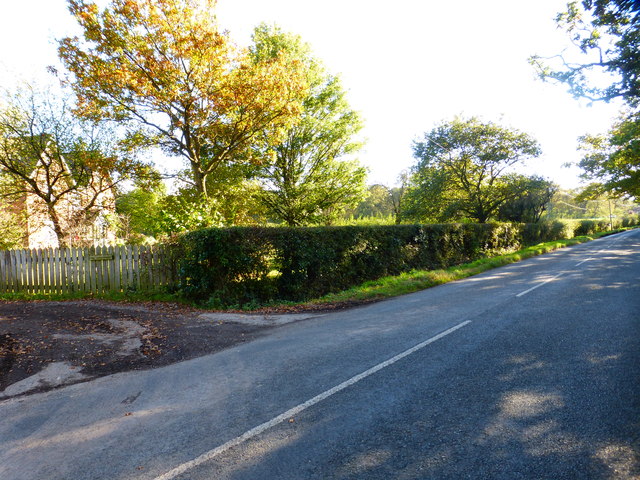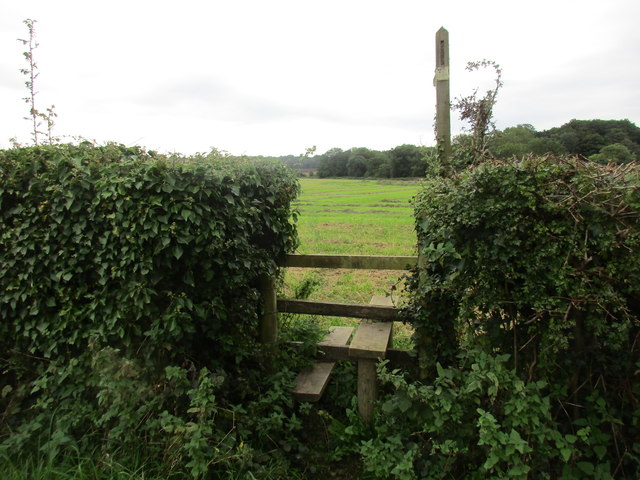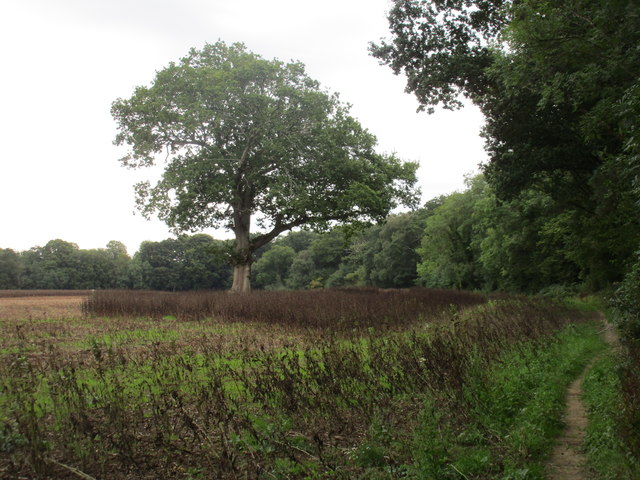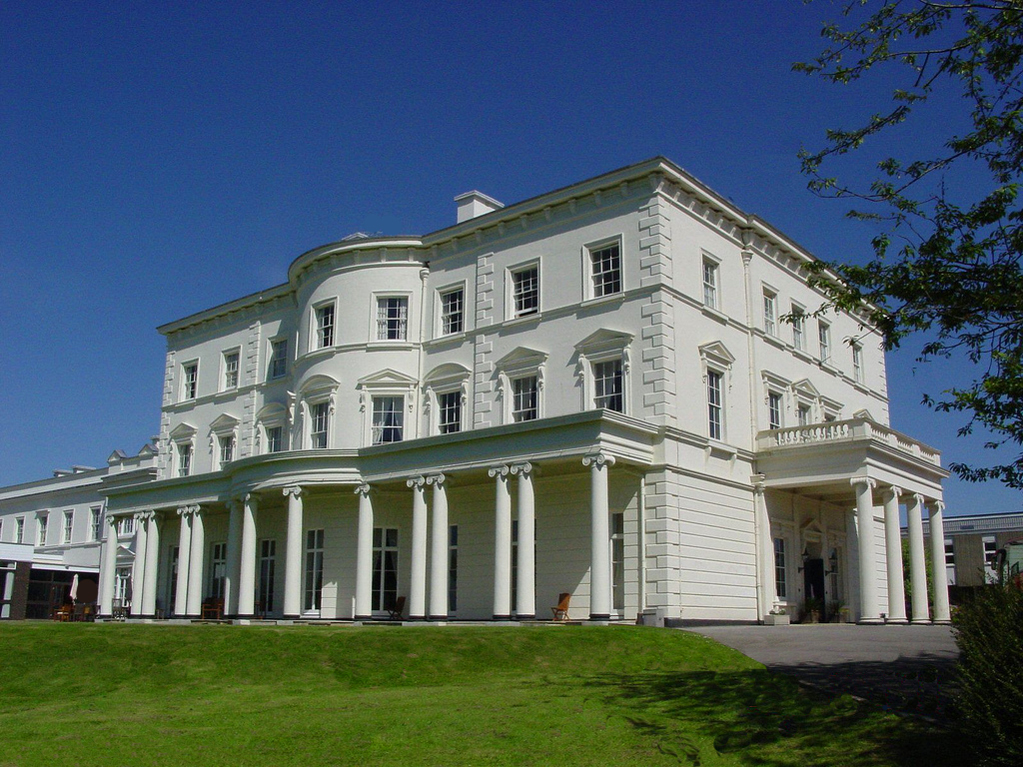Comphouse Common
Downs, Moorland in Hampshire Winchester
England
Comphouse Common
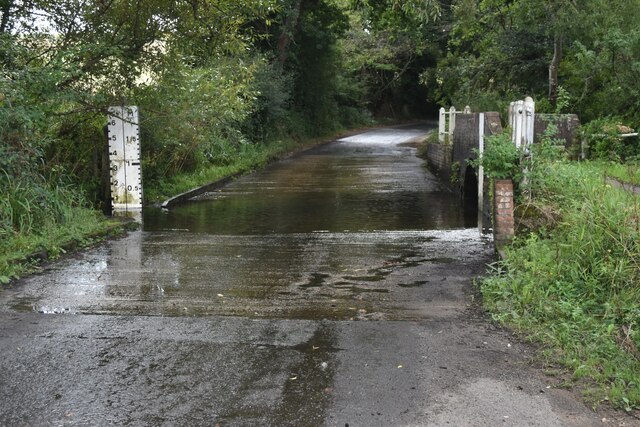
Comphouse Common is a picturesque area located in Hampshire, England. Situated amidst the stunning Hampshire Downs and Moorland, this vast expanse of natural beauty covers an area of approximately 500 acres. The common is known for its diverse flora and fauna, making it a popular destination for nature lovers and outdoor enthusiasts.
The landscape of Comphouse Common is characterized by rolling hills, open grasslands, and scattered patches of woodland. The Downs provide breathtaking panoramic views of the surrounding countryside, while the Moorland offers a unique habitat for a variety of wildlife.
The common is home to a diverse range of plant species, including heather, gorse, and wildflowers, which create a vibrant and colorful display during the summer months. The area is also known for its ancient oak trees that dot the landscape, providing shelter and nesting sites for numerous bird species.
Comphouse Common is a haven for wildlife, with an abundance of animal species calling it home. Visitors may spot rabbits, deer, and foxes roaming freely, while birdwatchers can observe a wide array of species, including skylarks, kestrels, and buzzards. The common is also home to several rare and protected species, such as the Dartford warbler and the silver-studded blue butterfly.
The area offers a network of walking trails and paths, allowing visitors to explore the beauty of Comphouse Common while enjoying the fresh air and tranquility of the countryside. Whether it's a leisurely stroll or a challenging hike, this natural gem provides a wonderful opportunity to immerse oneself in the captivating beauty of Hampshire's Downs and Moorland.
If you have any feedback on the listing, please let us know in the comments section below.
Comphouse Common Images
Images are sourced within 2km of 50.872645/-1.0848223 or Grid Reference SU6408. Thanks to Geograph Open Source API. All images are credited.







Comphouse Common is located at Grid Ref: SU6408 (Lat: 50.872645, Lng: -1.0848223)
Administrative County: Hampshire
District: Winchester
Police Authority: Hampshire
What 3 Words
///spins.news.forced. Near Cosham, Hampshire
Nearby Locations
Related Wikis
Southwick and Widley
Southwick and Widley is a civil parish in the English county of Hampshire forming part of the area administered as the City of Winchester. It comprises...
HMS Dryad (shore establishment)
HMS Dryad is a former stone frigate (shore establishment). It was the home of the Royal Navy's Maritime Warfare School from the Second World War until...
Southwick House
Southwick House is a Grade II listed 19th-century manor house of the Southwick Estate in Hampshire, England, about 5 miles (8 km) north of Portsmouth....
Purbrook Heath
Purbrook Heath is a hamlet in the civil parish of Purbrook in the Havant district of Hampshire, England. Its nearest town is Waterlooville, which lies...
Nearby Amenities
Located within 500m of 50.872645,-1.0848223Have you been to Comphouse Common?
Leave your review of Comphouse Common below (or comments, questions and feedback).

